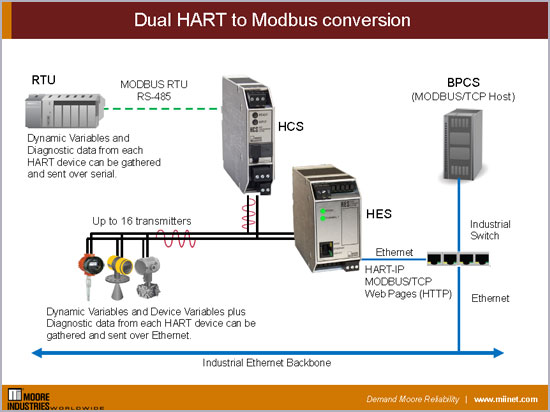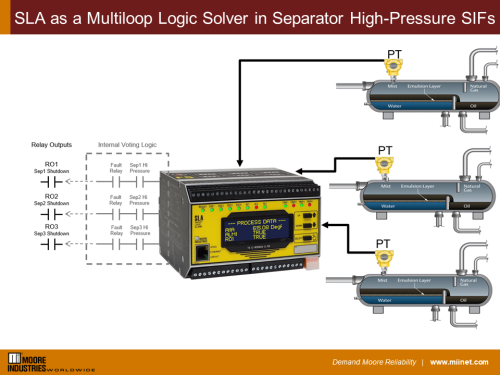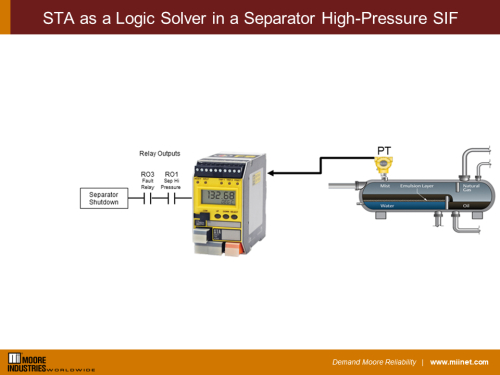There are several reasons why users want two HART to MODBUS converters on one HART network that has up to 16 transmitters.
Fortunately, HART protocol supports two masters; one must be declared the Primary Master and the other is assigned the Secondary Master role. The HES HART to Ethernet Gateway System and HCS HART Concentrator System HART-to-MODBUS RTU Converter both have configurable Primary and Secondary Master settings. That simply means that they communicate to HART devices in different polling intervals.

The HES has an Ethernet back-end using MODBUS/TCP protocol. The HCS outputs RS-485 serial with MODBUS RTU. One HART network could have two HCS, two HES, or one of each model.
- When you have two MODBUS Hosts with serial communications and each requires process variable and diagnostic data from all transmitters, you need two HCS units.
- As shown above, if you have two MODBUS masters with one being serial and the other being Ethernet, you would need one each of the HES and HCS.
- On critical networks, some users will have two converters for redundancy purposes. In this case, you could employ two HCS, two HES or one of each.
Key attributes:
- Both HES and HCS are HART and MODBUS devices
- Both capable to operate as HART Primary Master or Secondary master
- Choose from Serial or Ethernet connectivity
Check out the HES datasheet and Moore Industries Online catalog for more information and the HCS datasheet and online catalog page.
















